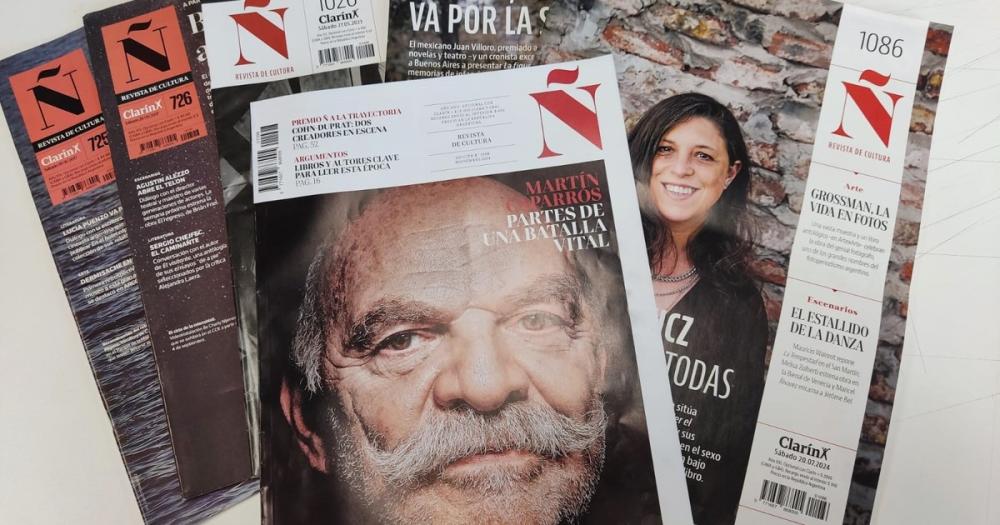The nuns of the Greek Catholic Congregation of the Sisters of the Holy Family are located 100 kilometers from Lviv, and today it is home for Ukrainian internally displaced persons. The monastery itself symbolizes resistance, it was built after the independence of Ukraine in early 1990. The previous monastery had been closed by the communist authorities while the Soviet Union existed, and the nuns were sent to Siberia.“All our prayers now focus on peace in Ukraine, for our soldiers, for the innocent people who died, who were killed,” said Sister Dominica, the head nun.Before the war, the 17 sisters lived a quiet life while carrying out their religious duties and charitable work but also growing mushrooms, making homemade pasta and painting icons to decorate the chapel. Now, they run behind and alongside children, providing support and advice to their mothers, while cooking every day for their guests. La capilla improvisada en el refugio antibombas que las monjas se han preparado para refugiarse cuando estallan los ataques aéreos, en el Monasterio de Mujeres de Hoshiv, donde las monjas han estado acogiendo a desplazados internos que huyen de la guerra, en la región de Ivano-Frankivsk, en el oeste de Ucrania, el miércoles. 6 de abril de 2022.
(Foto AP/Nariman El-Mofty)
Colchones en el piso del sótano del monasterio, junto con mantas y bancos.
(Foto AP/Nariman El-Mofty)“Everything in the monastery is centered around prayer and order,” Sister Dominica explained. But when the Russian invasion began, they told local officials that they could house up to 50 displaced people. “We adjusted the hours of prayer and work to people,” he said. Many of the children have already come into trust and now laugh and hug the nuns, days after arriving traumatized. “At first, they were a bit closed. This is a new place for them. They came from cities where (there are shootings), where there are constant sirens (air strikes),” he said. However, in this peaceful environment, the nuns still receive attack alerts on their cell phones and warn the rest of the residents by ringing the bells of the monastery, a less traumatic sound than the loud sirens in the cities and directing the rest of the people to the basement.Monjas juegan con niños desplazados internamente, que se refugian en el Monasterio de Mujeres Hoshiv, en la región de Ivano-Frankivsk, en el oeste de Ucrania, el miércoles 6 de abril de 2022. Muchos de los niños que ahora se ríen y abrazan a las monjas llegaron en un estado de angustia.
(Foto AP/Nariman El-Mofty)
Una niña desplazada internamente, con una bandera ucraniana improvisada, se sienta durante una clase de actividades con monjas, mientras se refugia en el Monasterio de Mujeres Hoshiv, en la región de Ivano-Frankivsk, en el oeste de Ucrania, el miércoles 6 de abril de 2022.
(Foto AP/Nariman El-Mofty)
After the arrival of the new guests, they improvised a chapel decorated with a painting of Mary, the baby Jesus, a candle and a large cross made of branches. In the basement, mattresses, blankets, and benches are lined. One of the walls had “The Prodigy” written in chalk, in homage to the British electronic band.But even when there are no mermaids, children happily use the cavernous underground space.“We play and read prayers,” said Rostyslav Borysenko, a 10-year-old boy who fled the besieged Mariupol with his mother. “It helps us.” His mother is still eagerly awaiting news of family and friends who were unable to escape Mariupol or who were evacuated to areas of the east controlled by Russian-backed separatists. Despite being thousands of miles from the front, the conversation at the table revolved mainly around war.Los desplazados internos cenan en el Monasterio de Mujeres Hoshiv, donde las monjas han recibido a personas que huyen de la guerra, en la región de Ivano-Frankivsk, en el oeste de Ucrania, el miércoles 6 de abril de 2022
(Foto AP/Nariman El-Mofty)
While families break bread in the dining room, the nuns dine separately in the library, at a long table under a painting of the Last Supper. Among them is Sister Josefa, 44, who was evacuated from a monastery in Kiev on the first day of the war.“It’s hard to leave where you lived,” he said. “Although I can live here… my heart is there. And I’m waiting to come back.” KEEP READING:Russian invasion LIVE: The Ukrainian Army said it is preparing for the “final battle” in the besieged port of MariupolThe Austrian Foreign Minister will travel to Moscow today to meet with PutinWho is the “Iron General” who leads the extraordinary Ukrainian resistance to Putin’s brutal offensive


